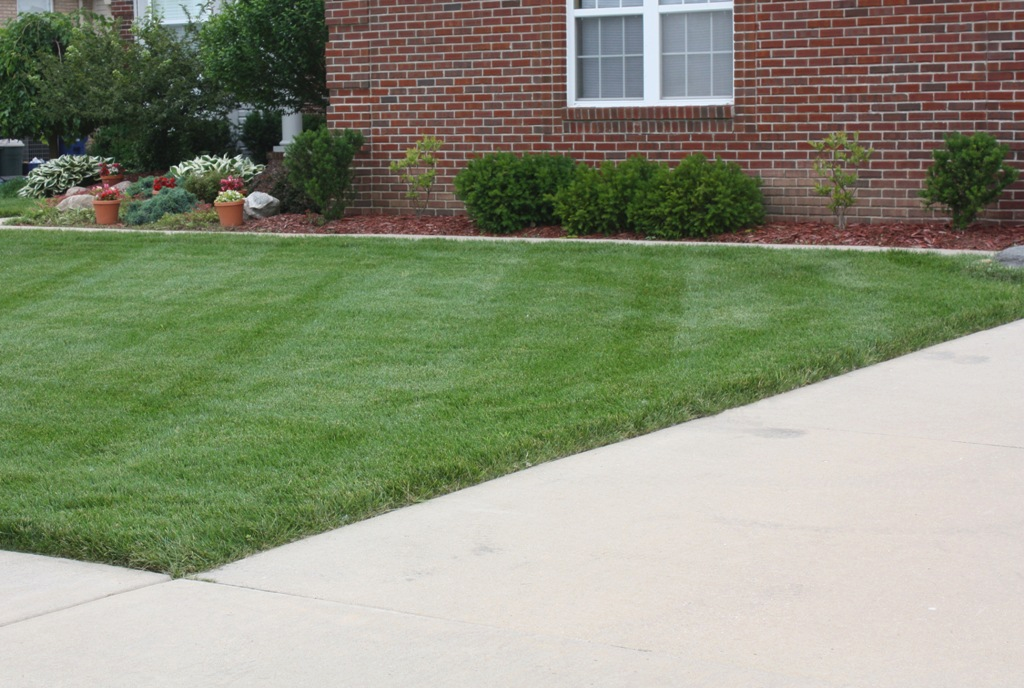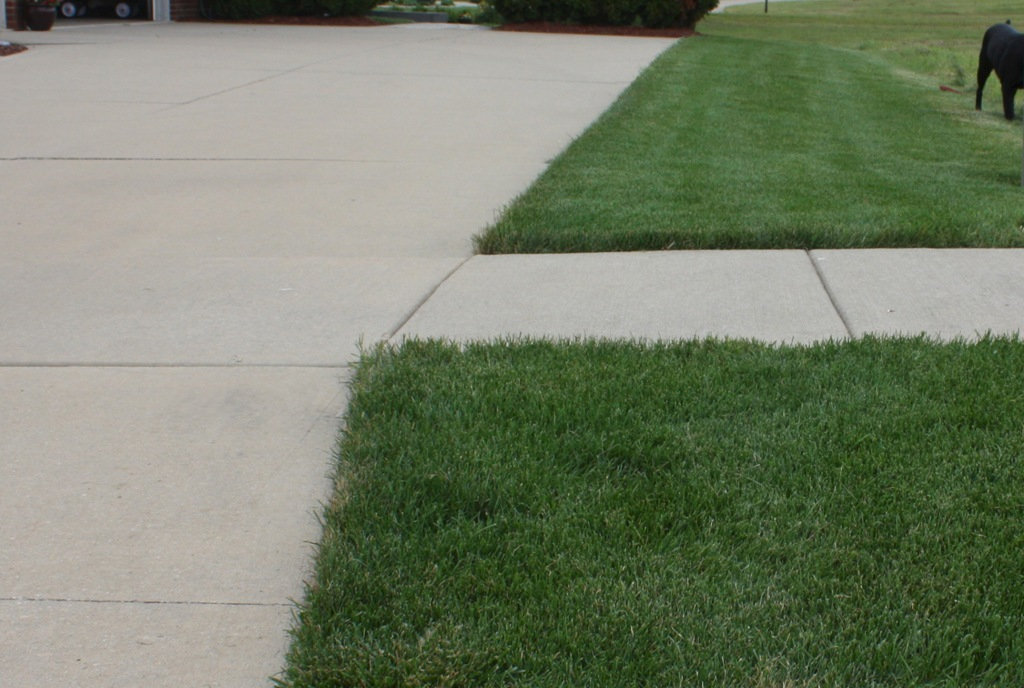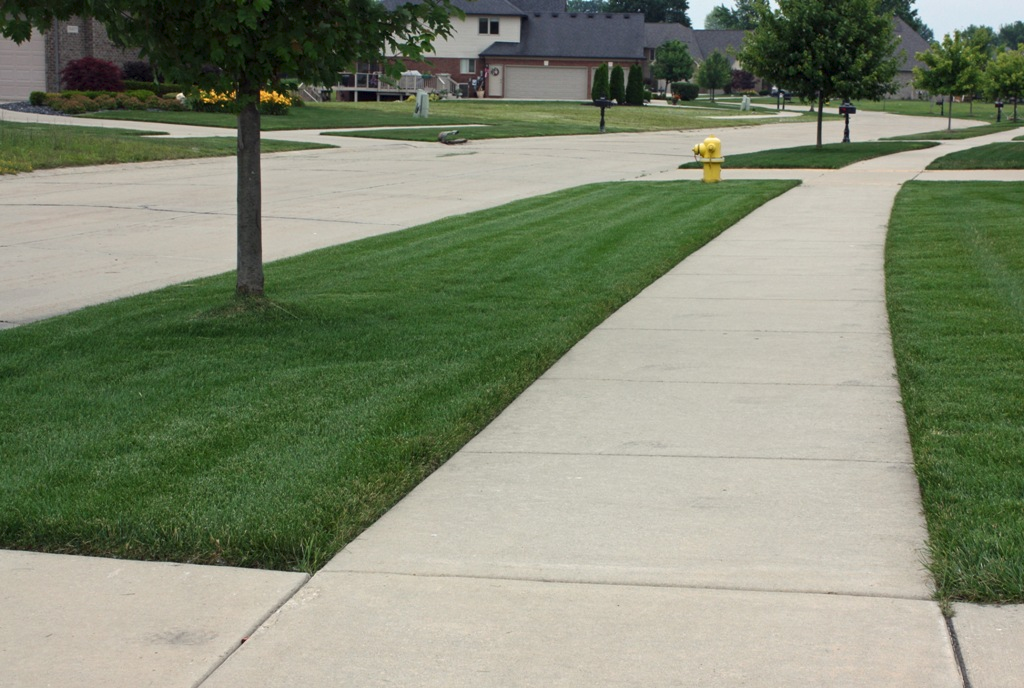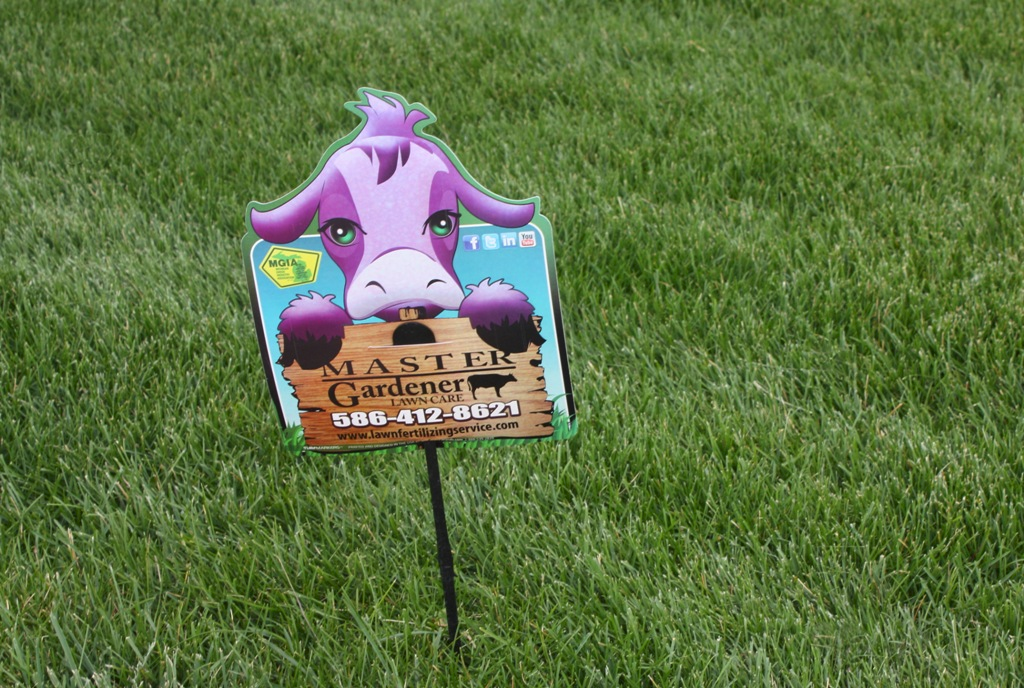Welcome to Master Gardener Award-Winning Lawn Fertilizing Service operating in Macomb County, Michigan
Monthly Archives: April 2012
Controlling European Crane Fly in lawns in Macomb, Oakland and Berrien County Michigan. We have never, in our 21 years of caring for turf in Berrien, Macomb and Oakland Counties, seen an insect as destructive as the European Crane Fly.  The damage to lawns this Spring has been amazing and the volume of larvae found in lawns is almost shocking. We were warned that this insect was coming to Michigan and now that it is here the white grub has a major competitor as a destuctive pest. The good news is Master Gardener Lawn Care lawn fertilizing service has outstanding products to win this battle. The process is to first stop the damage from spreading by eliminating the active larvae and secondly prevent the damage in the future. For more detail please contact Master Gardener Lawn Care. We have included and article by Dr. David Shetlar of Ohio State University if you wish to learn more about the European Crane Fly. The European Crane Fly European crane flies are a significant turf pest in northern Europe. European Crane fly or leather jacket is a turf pest through Europe during fall. Increasing this pest is also appearing in North America. Two European species of pestiferous crane flies have become established in North America. The European crane fly, Tipula paludosa (Meigen), and the marsh or giant common crane fly, Tipula oleraceae (Marsh) [Phylum Arthropoda: Class Insecta: Order Diptera: Family Tipulidae]. These crane flies occur in British Columbia, Nova Scotia, Washington, Oregon, and most recently in Ontario Province of Canada as well as upstate New York; both species are originally inhabitants of the United Kingdom, Ireland, and Continental Europe. Depending on the location, damage can occur in November and December from new generation larvae or the following May when overwintered larvae are rapidly developing and devouring plant foliage. DESCRIPTION OF STAGES: (These flies have a complete life cycle.) Eggs: Black, 3/64-inch (1 mm) long, elongate oval eggs with one side flattened and the other end pointed, are laid in turf. Larvae: The eggs hatch into maggots which are white and worm like. As these larvae grow, they molt into gray to grayish brown larvae which develop a tough skin and are commonly called “leather jackets.” The larvae have found instars and at maturity they may exceed 1.0-inch (25mm) in length. The head capsule may be exposed during feeding or moving but is often withdrawn if disturbed. The larvae have two typical spiracular plates (breathing holes) at the end of the anal segment. These plates are surrounded by six fleshy anal lobes. Pupae: The translucent, brownish pupae have the legs, wind pads and antennae glued down and are first present just below the soil surface. These one inch long (25mm) pupae wiggle to the surface at emergence time. Adults:These large crane flies have a 13/16-inch (20mm) long, slender body with very long legs, almost 4-inches (10cm) from the front to back leg. Adults are brownish tan with smokey brown wings. LIFE CYCLE AND HABITS: The European and marsh crane flies seem to require mild, winter temperatures, cool summers and average annual rainfall of at least 24 inches. Adult flies, which look like giant mosquitoes, emerge from lawns, pastures and roadsides in mid- to late spring and again in August to mid-September, depending on the species. The adults may gather in large numbers on the sides of hones and other structures. These adults, however, cannot bite or sting. The adults mate and females begin to lay eggs within 24 hours after emerging. The eggs swell in a few days by absorbing soil moisture. The European crane fly has one generation per season with the adults flying in late August into early October. The marsh crane fly often has two generations, one with adults emerging in late April through May and the second generation of adults emerging in mid-September into early October. Depending on the geographic location and the dominant species present, leatherjacket damage to turf can occur in November and early December or in the spring, usually May. Occasionally, large populations of nearly mature larvae can also cause damage in September, just before pupation and adult emergence. The eggs hatch in about two weeks into small, brownish maggots which begin feeding by using their rasping mouthparts on plant roots, rhizomes and foliage. By winter, fall emerging larva have molted twice and reached the third instar. This instar feeds slowly during winter temperatures but the fourth instar is reached in April and May. Turf damage can be evident in March, April and May. If European leather jackets, the larvae stay underground during the day but come to the surface to feed on damp, warm nights. Feeding damage usually stops by late May into June. The larvae rest in the upper soil and then molt into the pupal stage in late July into mid-September. The pupae remain just below the soil surface for 11 to 12 days in August. When ready to emerge, the pupae wriggle to the surface of the turf, from late August through September. Fall emerging marsh crane fly larvae feed in the fall and again in the spring, then pupate by early May. The spring adults lay more eggs and these larvae mature by late August and early September giving rise to new adults in September and October. CONTROL STRATEGIES: Controls are usually targeted against the young larvae before damage is evident. Regular monitoring of the turf in October and November should determine if controls are necessary. The strategies below are suggested for North America. (I do realize that some of the strategies may not be applicable to the United Kingdom, Ireland, and continental Europe due to product availability.) Strategy 1: Cultural Control – Habitat Modifications: Crane fly eggs and first instar larvae are very susceptible to desiccation. Refrain from watering turf in September. Ryegrasses seem to be less preferred as a food host. Strategy 2:Biological Control – Parasitic Nematodes: The commercially available nematode, Steinernema carpocapsae, has been effective when used at the rate of 22.2 billion infective larvae per acre (55.3 billion per hectare). Other strains or species are being developed. Strategy 3:Chemical Control – Insecticide Sprays: Good control has been obtained by applying insecticide sprays to infested turf in late October or in the spring, between April 1 to April 15. Carbaryl (=Sevin®) and chlorpyrifos (=Dursban®) are traditional organophosphate insecticides used for curative control of crane fly larvae, but most lawn care treatments utilize bifenthrin (=Talstar®) or lambda-cyhalothrin (=Scimitar®) . For preventive control, imidacloprid (=Merit®) can be applied when crane fly adults are laying eggs. Authors: Dr. David Shetlar About the Author Ryan McCuen is an Owner and Director of Operations for Master Gardener Lawn Care located in Macomb County, Michigan.  Ryan’s Company, Master Gardener Lawn Care, provides an organic based lawn fertilizing service in Macomb Township, Shelby Township, Washington Township, Chesterfield Township, New Baltimore, Clinton Township, Warren, Sterling Heights in Macomb County, Rochester Hills, Troy, Royal Oak, Berkley Huntington Wood in Oakland County and St Joseph, Benton Harbor, Coloma, Steve in Berrien County, Michigan. Master Gardener Lawn Care was established in 1991 and provides lawn fertilizing service, core aeration, weed control, soil testing and insect control. For more information on our lawn care and lawn fertilizing services or to request a free lawn care analysis please visit our Free Lawn Fertilizing Service Estimate page on the mastergardenerlawncare.com website.
Freeze injury on turf Yes, your lawn can freeze. Recent low nighttime temperatures below 30°F have resulted in freeze injury on turf. Published April 11, 2012 Kevin Frank, Michigan State University Extension, Department of Crop and Soil Sciences The recent cold temperatures have resulted in freeze injury on turfgrass. In mid-Michigan we had two nights recently when the nighttime low temperatures were in the 20s. Late last week I noticed that my front lawn started looking a little yellow-whitish and unlike the last time I observed these symptoms and thought that it was the result of a dull mower blade, this time I knew better. If you suspect your lawn is, too, suffering from freeze injury, look closely at the leaf blades. The visual symptoms to look for are on the leaf blade. If you look closely, you’ll notice the old leaf blades were burned and discolored from the leaf tip down about an inch. You’ll also notice the new emerging leaf tissue looks healthy, which means as soon as you mow you’ll remove the damaged tissue and your turf will look fine. Freeze injury on turfgrass. This article was published on MSU Extension News. For more information from MSU Extension, visit http://news.msue.msu.edu. To contact an expert in your area, visit http://expert.msue.msu.edu, or call 888-MSUE4MI (888-678-3464).
Categories
Recent Posts
Lawn Care Tips
-
Under the Snow 2014 – Part 1
Lawn Care, Lawn Fertilizing Service, Turf Tip When the Michigan snow melts in the next few weeks...









